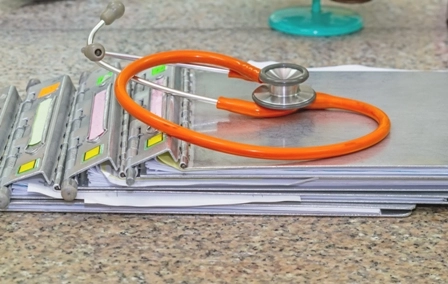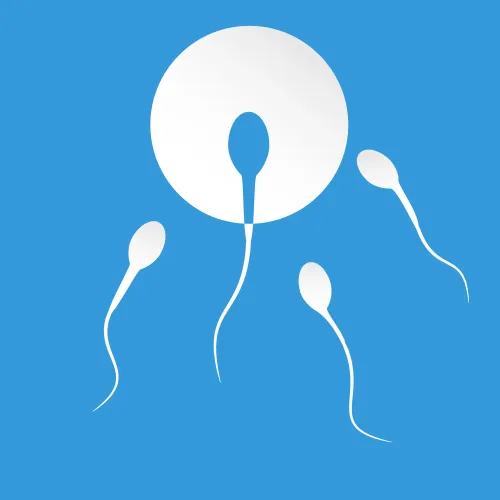Urology Coding Alert
You Be the Coder:
Don’t Stop at NCCI Edits
Published on Fri May 12, 2023

You’ve reached your limit of free articles. Already a subscriber? Log in.
Not a subscriber? Subscribe today to continue reading this article. Plus, you’ll get:
- Simple explanations of current healthcare regulations and payer programs
- Real-world reporting scenarios solved by our expert coders
- Industry news, such as MAC and RAC activities, the OIG Work Plan, and CERT reports
- Instant access to every article ever published in Revenue Cycle Insider
- 6 annual AAPC-approved CEUs
- The latest updates for CPT®, ICD-10-CM, HCPCS Level II, NCCI edits, modifiers, compliance, technology, practice management, and more
Related Articles
Other Articles in this issue of
Urology Coding Alert
- Modifiers:
Let 4 Examples Show Which Modifiers Apply to Halted Urology Surgeries
Hint: If the urologist doesn’t even see the patient, you can’t report a procedure. Not [...] - News You Can Use:
Look Ahead to New Neurostimulator, Remote Uroflometry Codes in 2024
Category III codes will accommodate new technologies. Each new year brings new codes, and 2024 [...] - Payer Policy:
Decipher Cigna’s New Modifier 25 Payment Process
Remember to appeal when warranted. If your urologist sees patients with Cigna insurance, you’ll want [...] - Mythbuster:
Break Your Modifier 25 Bad Habits to Improve Claim Acceptance
Even before Cigna and other payers began implementing policies such as the one explained in [...] - You Be the Coder:
Don’t Stop at NCCI Edits
Question: I heard there are new guidelines this year for reporting percutaneous nephrolithotomy (PCNL) procedures. My [...] - Reader Questions:
Capture Urethral Injury Cause With Y Code
Question: My urologist saw a patient who had an unintentional urethral injury from self-insertion of a [...] - Reader Questions:
Ensure Management With OTC Medications
Question: My provider sometimes tells patients to take ibuprofen or other commonly available over-the-counter (OTC) pain [...] - Reader Questions:
Check HIPAA Rules Before Denying Record Requests
Question: We have a patient with a large balance who has not responded to requests for [...]
View All




